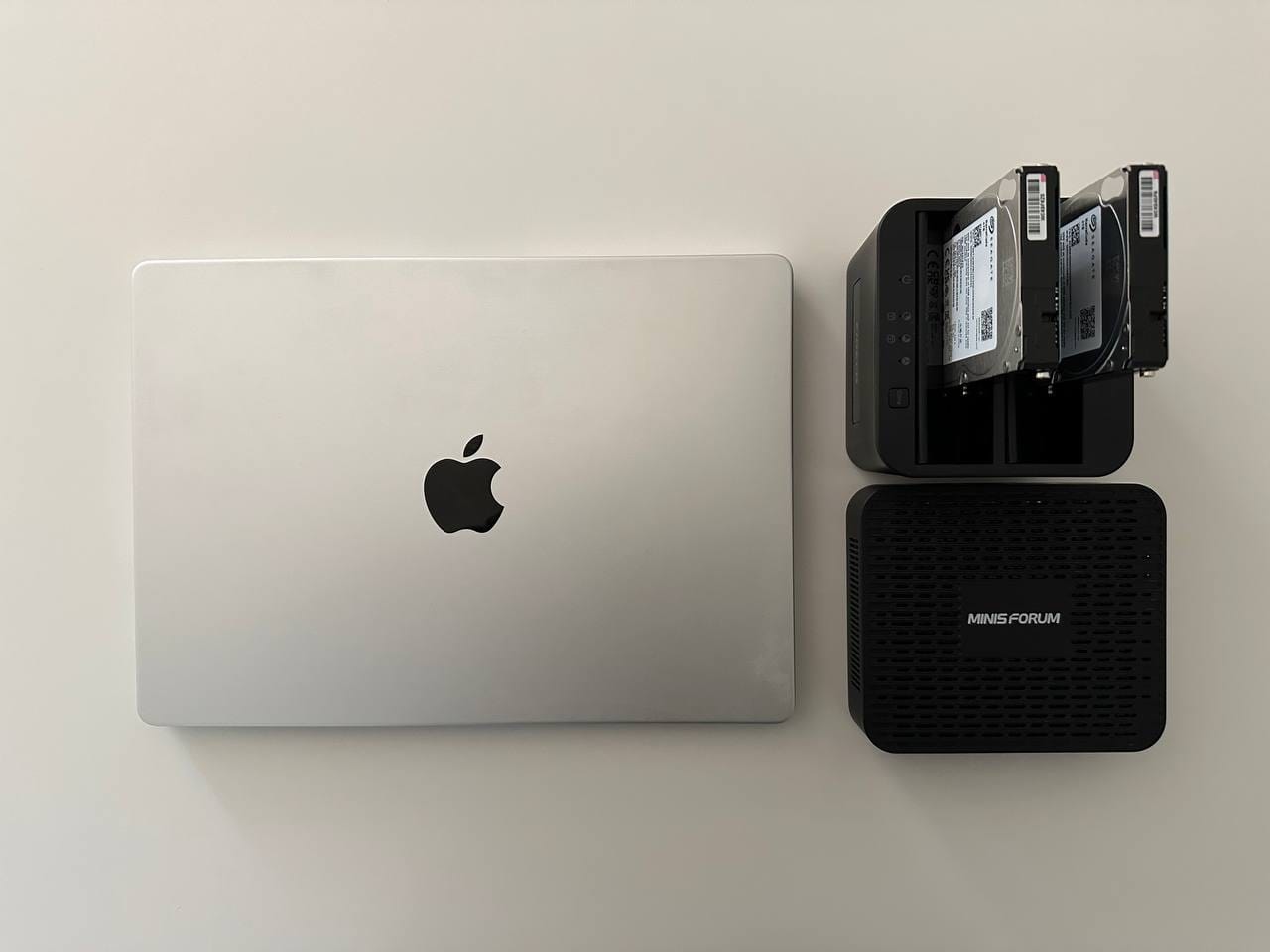Building a Homelab: Hardware Tips and Links
#HomeLab
My current setup is minimal: a Minisforum GK41 with a Intel J4125 CPU, 8GB of RAM, and a 256GB SSD, along with a couple of external HDDs for backups. See more: My Portable Homelab Overview

Currently I'm slowly leaning towards an upgrade that's why collecting a list of different options:
Here is a list of storage hardware related questions: Homelab Storage-Related Questions that might be useful.
New to the HomeLab hardware thing? Start here: Homelab Classification
Comments